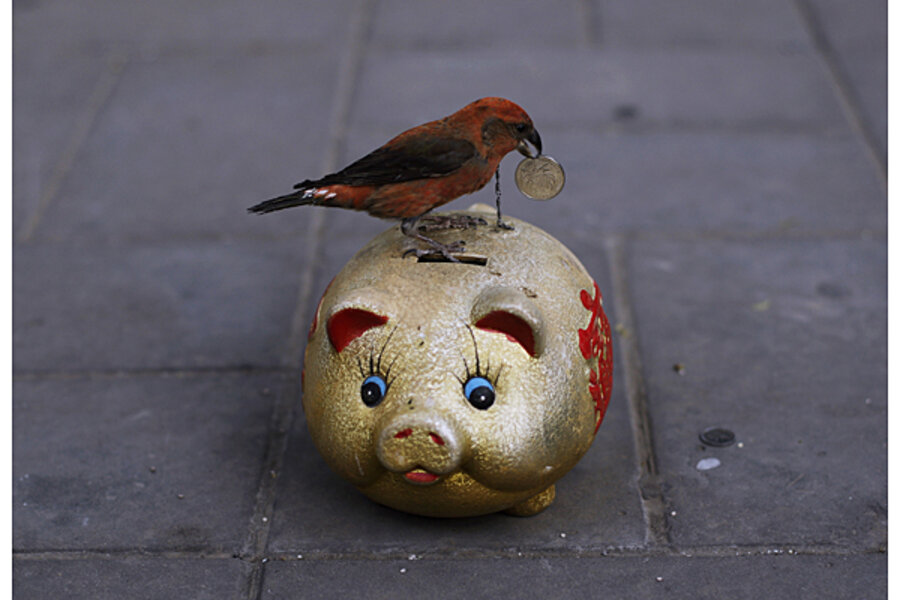Teaching your children frugality
Loading...
One of the most rewarding aspects of being a parent is watching as your child’s mind grows.
An infant relies on you for virtually everything, but as time passes, that infant becomes a toddler, then a child. At each step – seemingly on a daily basis – that child’s ability to make decisions and think things out becomes stronger and stronger and stronger. At the same time, that child is starting to build habits that are going to stick around well into adulthood.
In other words, those middle childhood years, of which two of my children are progressing through right now, are prime years for teaching the ins and outs of frugality and smart use of money.
Parents – myself included – have the opportunity to burn these kinds of lessons into their child’s head on a daily basis. Here are some of the things I do to encourage my children to use frugality as part of a normal and healthy relationship with money.
We talk through their spending decisions. As I’ve mentioned before, we pay our children a small weekly allowance – just a few dollars a week. For most of the things that they wish to buy, they have to save for at least a few weeks.
When they finally decide to buy something or reach their savings goal, we talk about what they’re going to buy. Is this really the coolest thing they could use their money on? Does this thing just look cool or will it actually be fun to play with?
In other words, we try to get them to be discerning about what they spend their money on.
We focus on experiences rather than stuff. A big part of this conversation is about what you’ll actually do with the item in question if you buy it.
Will you play with it just a time or two and then never touch it again? We point out Christmas gifts that they really, really wanted in past years, then forgot about on December 26.
Is this something you can play with in a lot of different ways? Our children are constantly combining and remixing their Lego kits, for example. On the other hand, some toys really only have one way to play with them.
We try to get them to think about the experience they’ll have with the item rather than the item itself. Surprisingly, it’s made them much pickier about the items they want to spend their money on.
We show them how to shop around and get the same item for less money. When they decide on an item, we don’t buy it immediately. Instead, we’ll look at a few stores to see which one has the best price on the item and we’ll also use websites in this search.
The first time this really clicked with my oldest child, he was hooked. He found a toy he had enough money to purchase that cost $30 at one store. After some shopping around, we found the exact same item for $10 elsewhere. He not only had the item, he still had most of his money. That has really stuck with him.
We talk through some of our spending decisions, too. These conversations aren’t just limited to our children’s spending decisions. We have these conversations with our children about many of our spending decisions, too.
We walk through our thought process when buying something. We explain why we don’t splurge and then let them know when those choices not to splurge pay off later. We show how we shop around for items and how we make buying choices in the store.
Sure, sometimes they’re not interested in the topic, but the message sinks in: this is how people normally spend their money. They don’t just give in to every impulse they have. They’re careful and thoughtful about the product of their work.
Will our children turn out to be frugal adults? It’s impossible to tell, but they certainly seem to be frugal with their allowance. At their age, I’d spend whatever money I had rather quickly, but they (usually) tend to wait patiently and spend only at the right opportunity.
The post Teaching Children Frugality appeared first on The Simple Dollar.






